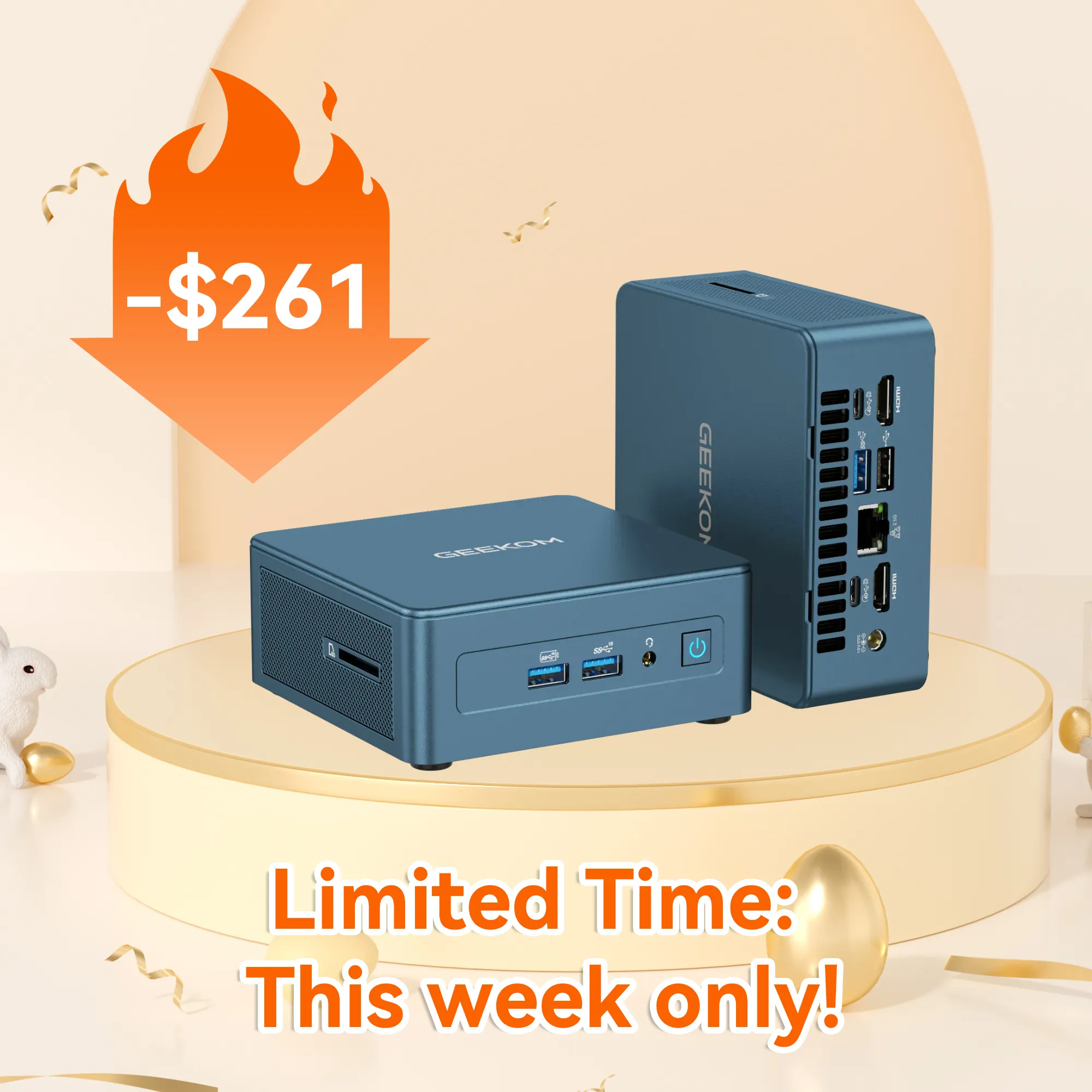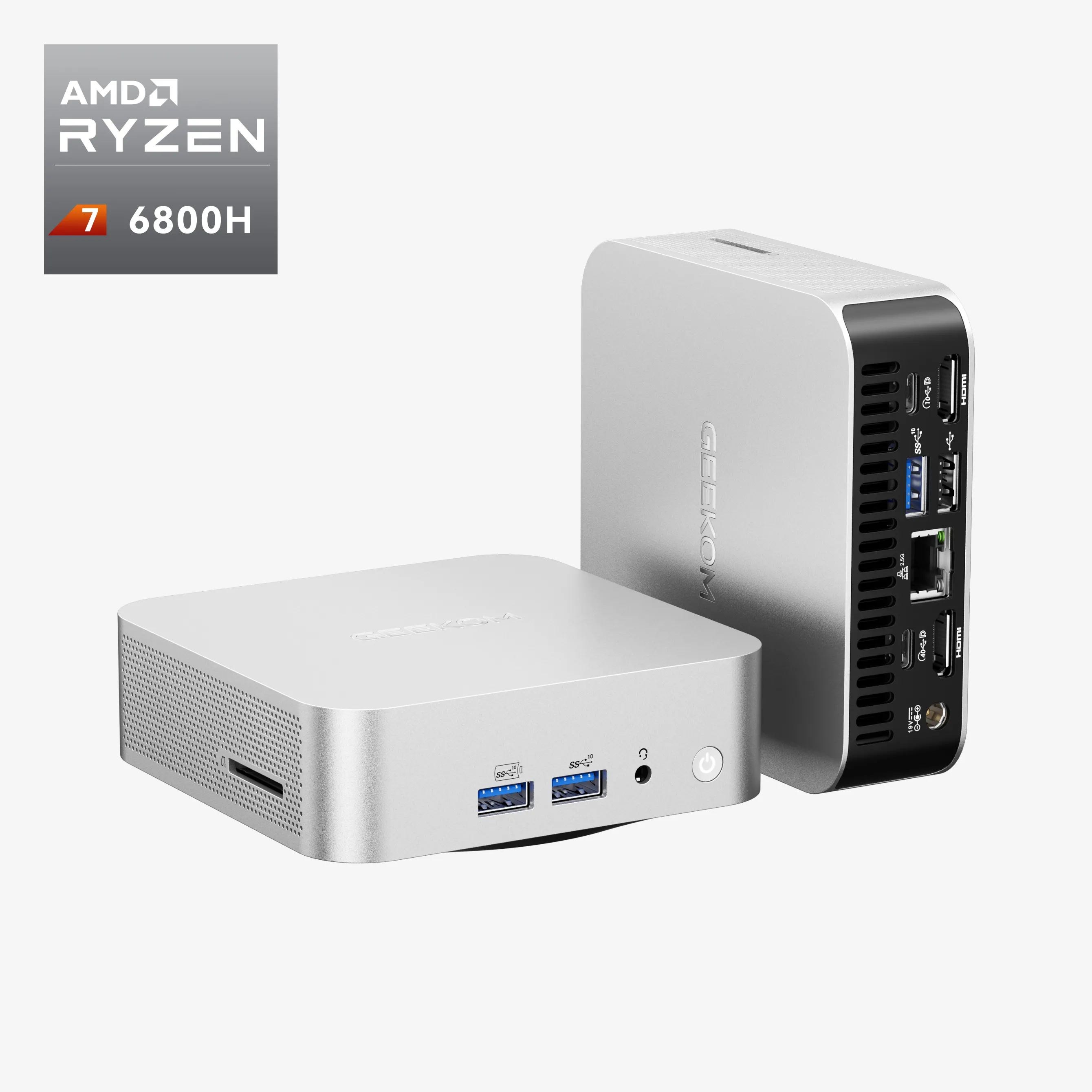How Important RAM Is for Computer Performance
Random Access Memory (RAM) is an important part of any computer that makes it work. The operating system, apps, and data that are currently being used are stored there temporarily so that the device’s processor can get to them quickly. How fast and well a computer can handle multiple tasks at once depends directly on how much RAM it has.
This article discusses whether 32GB RAM is enough or too much for different types of users and situations, such as video editing, playing games, 3D rendering, and everyday use. We will also talk about the different kinds of RAM, how modern computers are usually set up, and important things to think about when buying or upgrading RAM.
What You Should Know About the Basics of RAM
RAM is a type of volatile memory that stores data temporarily when your computer is running so that you can read and write to it quickly. It loads from the hard drive into RAM when you open an app or file so the CPU can quickly access it.
There are different kinds of RAM, and each has its features:
- The DDR3 standard is older. It works at 1.5 volts and can send data at up to 2133 MT/s. It does not use as little energy as newer models.
- DDR4 is the standard for most systems right now. It works at 1.2 volts and can transfer data at up to 3200 MT/s. It works faster and uses less power than DDR3.
- DDR5 is the newest type of memory. It has even faster speeds and more bandwidth, but it costs more. It works great for cutting-edge applications and making systems ready for the future.
Most of today’s computers come with different amounts of RAM, each of which is good for a different purpose:
- 4GB: Enough for basic tasks like browsing the web and editing documents.
- 8GB: This is enough for light gaming and moderate multitasking.
- 16GB: Great for doing a lot of things at once, playing advanced games, and making professional-level content.
- 32GB: This is the best size for big games, professional video editing, 3D rendering, and other hard tasks.
To choose the right parts and get the best performance, both professional users and enthusiasts need to know how to read the key RAM technical indicators. A few important factors are listed below:
- Clock Speed: This specifies how many cycles per second the RAM can run, measured in megahertz (MHz). Most of the time, faster performance comes from faster clock speeds, but that is not always the case.
- Timings: The time it takes for operations to finish, shown as a string of numbers (for example, CL16-18-18-38). Lower values mean faster response times, which can help with tasks that are sensitive to latency.
- Bandwidth: With the clock speed and bus width, bandwidth tells you how much data you can send in a second. When the bandwidth is higher, data can move faster between the RAM and other parts.
- Channels: Recent RAM modules can work in single, dual, or quad-channel modes. Transferring data over multiple channels at the same time increases overall bandwidth and performance.
It is pivotal to find a balance between these specs when choosing RAM based on your needs. For example, games may need faster clock speeds, while productivity apps may need lower latencies. Dual- or quad-channel configurations are best for tasks that use a lot of memory, like virtualization and content creation.
Also, make sure that the motherboard and CPU work with each other. Not all systems can handle the fastest clock speeds or multi-channel configurations. The QVL (Qualified Vendor List) and manual that came with your motherboard can help you choose RAM modules.
Is 32 GB RAM a Waste?
16GB of RAM is usually enough for most people who just use their computers to browse the web, check their email, or work on programs. In some situations, though, like editing videos and playing games, 32GB is better.
Many GB of memory can be used up when editing videos, especially when working with 4K or higher footage. At least 16GB is recommended for basic tasks by some applications like the Adobe Premiere Pro, but 32GB is much better for bigger projects with lots of layers and effects.

New Arrival!
- Intel® Core™ Ultra 9 185H.
- Intel® Arc™ Graphics supports Ray Tracing and XeSS.
- Dual-channel DDR5-5600 SODIMM, up to 64 GB.
- M.2 2280 PCIe 4.0 ×4 SSD, up to 2 TB.
- Dual 2.5G Ethernet ports, Intel® Bluetooth® 5.4 and Wi-Fi 7.
- Innovative and Efficient Cooling System – IceBlast 2.0
- Sleek, compact, scratch-resistant, and VESA-compatible.
- Pre-installed with Windows 11 Pro, ready to use.
Finally, many modern games work fine with 16GB, but 32GB can make things run faster when you are doing more than one thing at once, like streaming games while using chat apps or browsers. Virtualization, which needs a lot of RAM to run multiple virtual machines at the same time, and professional content creation (like graphic design and animation) are two other uses that benefit from 32GB.
When it comes to RAM, it is important to keep in mind that more is not always better. For most users, the benefits stop growing around 32GB. Some tasks, like scientific simulations or large-scale data analysis, may not benefit from more memory above this point.
Will 32GB of RAM Make My Computer Faster?
When you add more RAM to your computer, it can run more processes at once without having to move data back and forth between the hard drive and memory. This makes it easier to switch between tasks and load applications faster. RAM is important, but it is not the only thing that affects speed.
Other factors, like CPU speed, storage type (SSD vs. HDD), and graphics card (for games and other graphics-heavy apps), are also very important in determining performance. Still, having enough RAM (like 32GB) lets users run multiple resource-intensive programs at the same time without slowing down, which is especially important for professionals who switch between programs that require a lot of work.
👉 A Guide To SSD Cards: Reviews And Buying Advice For 2025
Is It Better to Have 16GB or 32GB of RAM?
Which one you choose (16GB or 32GB) depends on your needs and budget. 16GB is usually enough for basic tasks. Light gaming and video editing can also work well with this much space. But 32GB or more may be better for heavy gaming, editing videos in high resolution, and professional work that uses complicated software.
If you plan to keep your system for a few years, buying 32GB of RAM can be a good idea. This will make sure that your computer can handle new, more demanding programs without needing an upgrade soon after purchase. There is a big price difference between 16GB and 32GB modules (often $50 to $100) but think of it as an investment in performance that will last longer than the costs of upgrading later.
The Need for More High-Capacity RAM
Because software keeps changing and getting tougher, it is becoming clearer that you need a lot of RAM, like 32GB or more. Several changes in the world of computers are causing this shift:
- Gaming: Present-day games boast incredibly detailed graphics and complex physics simulations. As game assets become larger and more intricate, the demand for RAM increases. Next-gen titles may recommend 32GB for optimal performance, especially when running at high resolutions or alongside streaming applications.
- Video Editing: The proliferation of 4K and 8K video content requires powerful systems with ample RAM. Editorial software such as Adobe Premiere Pro and DaVinci Resolve can consume upwards of 32GB when working with multi-layered high-resolution projects. As 8K becomes more mainstream, even 64GB or larger may become necessary for smooth editing workflows.
- AI: AI applications, such as deep learning and natural language processing, rely to a great extent on large datasets and complex modelling. Training these models can require massive amounts of RAM, often exceeding 32GB. As AI becomes more integrated into various industries, the demand for high-capacity memory will only grow.
Other fields that use a lot of memory, like scientific computing, 3D rendering, and virtual reality development, are also pushing the limits of what hardware can do. As these technologies get better, having 32GB of RAM or more will not only be helpful, but it will also be necessary for both professionals and power users.
Is 32GB of RAM Good for Gaming?
Most new games require at least 16GB of RAM, which is still enough for casual gamers who mostly play less demanding games or do not stream while they play. But as games get more complex and use bigger assets and worlds, having 32GB can help keep the gameplay smooth even when other programs are running in the background.
32GB is better for gaming because it lets you do more at once, like stream while you play, and it will be ready for new games with higher requirements in the future. Buying 32GB is a good idea for gamers who want to avoid performance problems in the future.
👉 Is 16GB RAM Good for Gaming? The Ultimate 2025 Guide
Is 32GB RAM Overkill for Video Editing?
Video editing software often needs plenty of memory because high-definition video processing creates very large files. If you are editing 4K or 8K footage, 32GB is the optimal amount of space, which greatly reduces the chances of delays or crashes you may experience while working. 16GB may not be enough for more complicated projects.
When working on high-end projects, professional video editors should routinely weigh 32GB as the best option for effective processes. It lets you multitask with other programs and edit high-resolution material with perfect performance. While 16GB is good for HD projects, it may restrict multitasking capabilities; 8GB should be regarded as the bare minimum, appropriate only for very simple editing chores.
Related Post: Best Mini PCs for Video Editing of 2025
Other Factors to Consider
When you choose RAM for your system, make sure that the type (e.g., DDR4 vs. DDR5) and amount of RAM that you want to install are both supported by the motherboard. If they aren’t, your system may not work properly or at all. Also, think about RAM speeds and latency. Higher speeds (measured in MHz) can slightly improve performance, and lower latency values mean that responses happen faster the first time.
When you buy new parts, it is also important to think about how you can upgrade in the future. Prices change depending on the market, so buying now might save you money over waiting until you need an upgrade, when demand may cause prices to rise.
Final Decision
Overall, 32GB of RAM might seem like too much for some users, but it is a great investment for long-term performance in a wide range of demanding applications. 8 to 16GB is usually enough for basic users who do everyday things like browsing or editing documents. Gamers need to think about how they use their devices. 16GB is fine for now, but 32GB will be better for future games. Having at least 32GB is very helpful for video editors who work with high-resolution footage because it makes sure that everything runs smoothly, even when working on complicated projects.
Finally, weighing your needs against your budget will help you figure out if this upgrade meets your PC or mini PC needs. You can choose the right amount of memory for your system if you know about the different types of RAM, how they are usually set up, and the possible benefits of higher capacities.
























